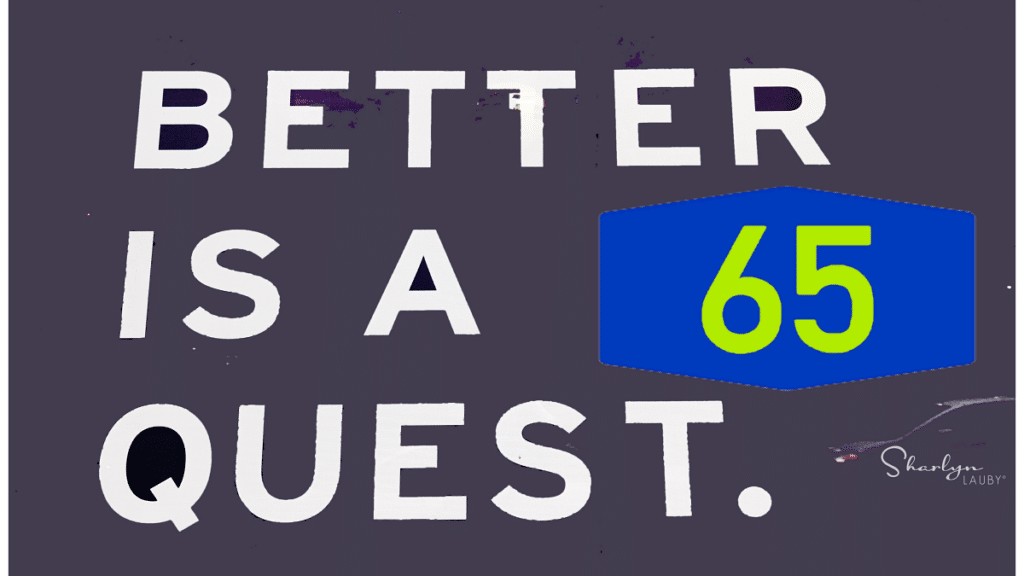Organizations Should Start Talking About Peak 65
Estimated reading time: 3 minutes
I recently learned a new term – Peak 65. The term is being used because this year an average of 11,000 Americans are expected to turn age 65 every day from now until year end. This represents the largest increase in retirement age Americans in history, according to an article on CBS News.
Some people might view Peak 65 as a welcome relief, as in “Finally, those Boomers will retire!” I read an article recently in Business Insider that said Boomers are a drain on the economy, the housing market, the labor shortage, the stock market, and Social Security. Regardless of whether it’s true, having such a large percentage of the population turn of retirement age does present challenges – and opportunities – for organizations. And they need to think about how they’re going to handle them.
It made me wonder if organizations should do the classic SWOT analysis but only in reference to Peak 65. Just as a quick refresher, a SWOT analysis is often used during strategic planning activities.
- Strengths refer to those internal dynamics that are helpful to the organization.
- Weaknesses also refer to internal things, except that they could be considered harmful to the organization.
- Opportunities are external and can be helpful.
- Threats are also external and considered to be harmful.
If we apply this to Peak 65, maybe it would look something like this:
- A strength could be that the company’s workforce plan includes creating a lot of part-time, remote jobs in the months and years to come. These jobs could be perfect for employees who are part of a phased retirement strategy.
- A weakness is that the organization has a lot of workers who might be thinking about their exit strategy (i.e., retirement) and the company has no succession plan in place.
- An opportunity might be that the company is developing new products and/or services that might attract new customers in an older age group.
- A threat could be that our competition is successfully creating a more age diverse and inclusive workforce and we’re not. This is having an impact on employee engagement and retention.
Notice that when we talk about organizational strengths, weaknesses, opportunities, and threats, they don’t all have to be workforce related. Yes, Peak 65 has implications on the labor market. It also has an impact on the consumer market. I remember reading a book years ago (and my apologies because I don’t recall the name of it) where they talked about how younger professionals were creating products and services for an aging population.
The conversation about the aging population isn’t going away anytime soon. Organizations need to figure out how they’re going to manage it successfully. Not talking about it probably isn’t the answer.
Image captured by Sharlyn Lauby while exploring the streets of Washington, DC
58